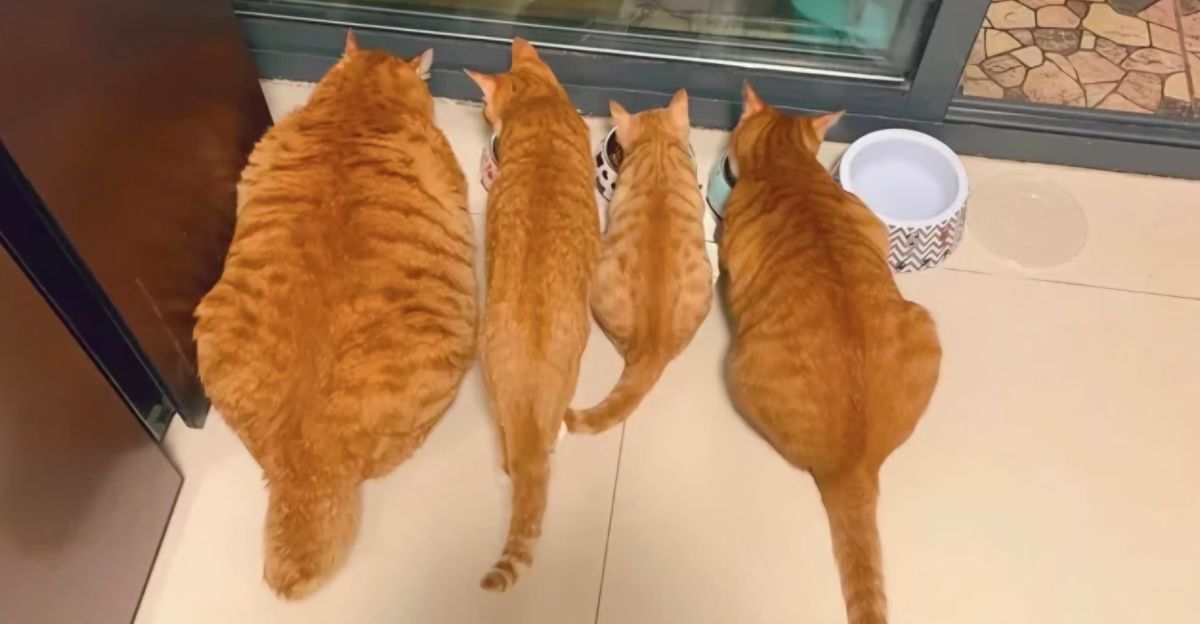
They’ve beguiled us for centuries—those silky, fire-haired cat mysteries. From lounging in sun spots to breaking glasses off tables, orange cats appear to have a super dose of charm (and damage). But all that marmalade bedlam was a mystery to uncover—why are cats orange, and why do they outnumber the females?
Researchers were puzzled over this color mystery for more than 60 years. Finally, in 2024, the mystery was cracked. And no, it wasn’t because Garfield demanded answers. The answer lies deep in the genome, in a missing fragment of non-coding DNA that subtly affects cat genetics. Here’s how the puzzle finally unraveled.
The Enigma That Spanned Decades

An orange cat’s coloring isn’t just a fashion statement—it’s a genetic enigma that has taken six decades to develop. Scientists had long guessed the solution was on the X chromosome. But which gene, exactly, and how did it function?
Completely unknown at the time. What determined that some cats were fiery ginger, some dark tabby, and some patchy calicos? Not chance. And certainly not magic. The solution, it seems, was in a chunk of DNA we once believed did very little of anything.
The Missing Piece of DNA
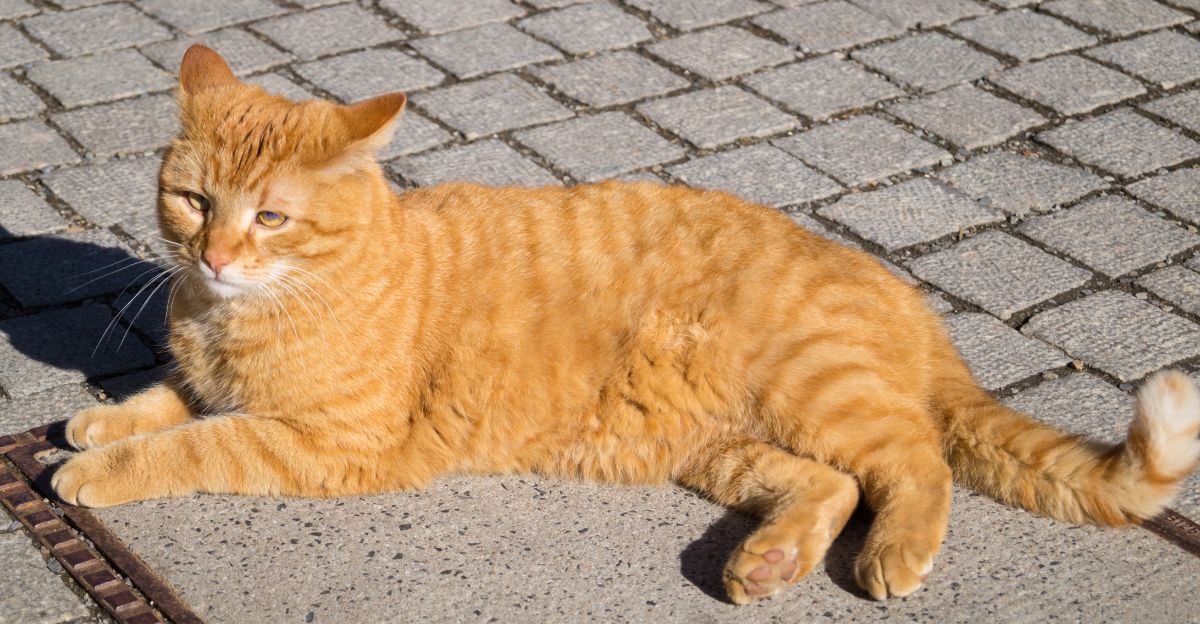
What finally opened the case wide was that a piece of DNA—approximately 5,000 base pairs—was missing from every one of the orange cats they screened. But here’s the thing: this piece wasn’t part of a protein-coding gene. It was upstream, in so-called “non-coding” regions.
Essentially, it does nothing itself, but instructs other genes. Without it, the gene immediately downstream, Arhgap36, goes haywire. Think of it like a removed speed limit sign—The activity of the gene suddenly hits high gear, and that lovely orange color is the outcome.
Getting familiar with Arhgap36 – The Ginger Gene

The gene Arhgap36 was no stranger in the scientific world. It’s known to affect development in other animals when it misbehaves. But in cats, scientists discovered it was highly active in a single cell type: melanocytes, cells in skin and fur responsible for pigment.
In orange cats, the cells produced exponentially higher amounts of RNA from Arhgap36 than normal—13 times, to be specific. That hyperexpression pushed pigmentation toward reddish-yellow hues, away from dark colors (such as black and brown).
Why Most Orange Cats Are Male

Now, let’s discuss sex chromosomes. Male cats possess one X and one Y. Female cats possess two Xs. The orange mutation lies on the X chromosome, which is why a male will only need one copy to turn entirely ginger. But what about a female turning entirely orange?
She must have two copies—one from mum, one from dad. Typically, she’ll get just one, so she’ll have a mottled coat of orange and black. That’s where you see beautiful tortoiseshells and calicos. These colorful coats are living examples of gene expression in action.
The Science of Patchwork Cats
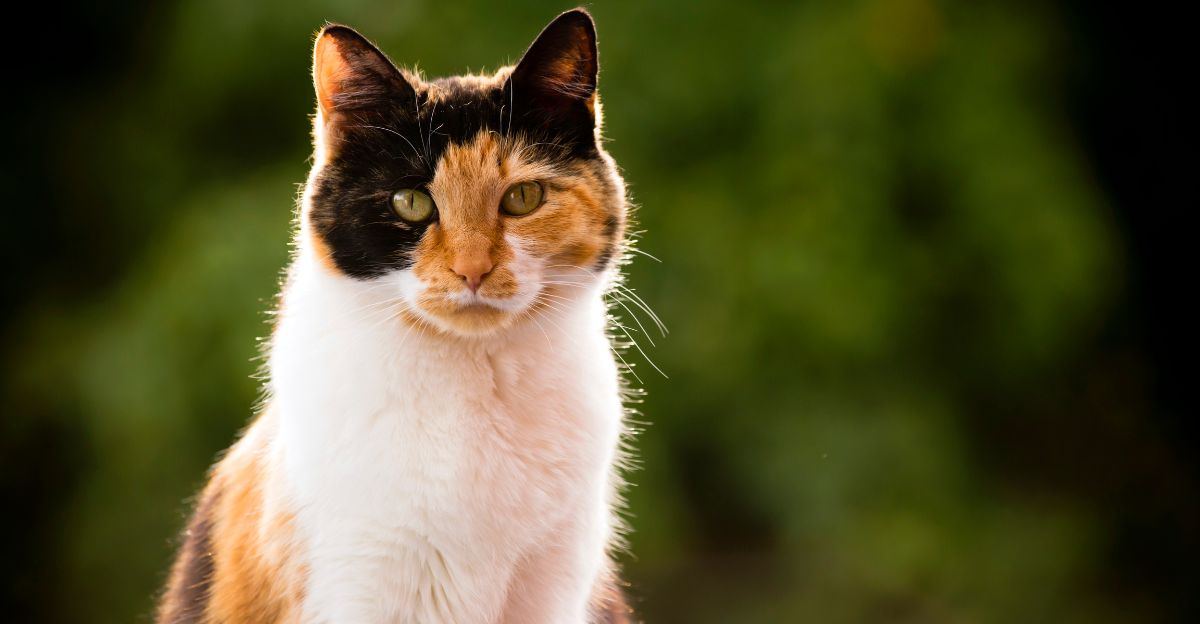
In female cats with one orange and one non-orange X chromosome, the colors don’t blend—they both show up in separate places. Why? Because female mammals randomly switch off one X chromosome in each cell early in life. Some skin cells contain the orange gene, some do not.
The outcome? A purring, walking mosaic of color. Calicos add another twist—an extra mutation that creates white patches, leading to that tricolor beauty we adore. Genetics really is nature’s paintbrush.
Independent Confirmation in Japan

This wasn’t a fluke of a single lab. Another lab, by Hidehiro Toh at Kyushu University, also found the same conclusion: confirmed Arhgap36 as the orange gen, and the mutation represses dark pigment genes but enhances pheomelanin (the reddish-colored pigment). Various labs, same result. That’s science at its finest—reproducible, trustworthy, and finally solving the age-long enigma of orange cats.
No, Orange Cats Aren’t Dumber
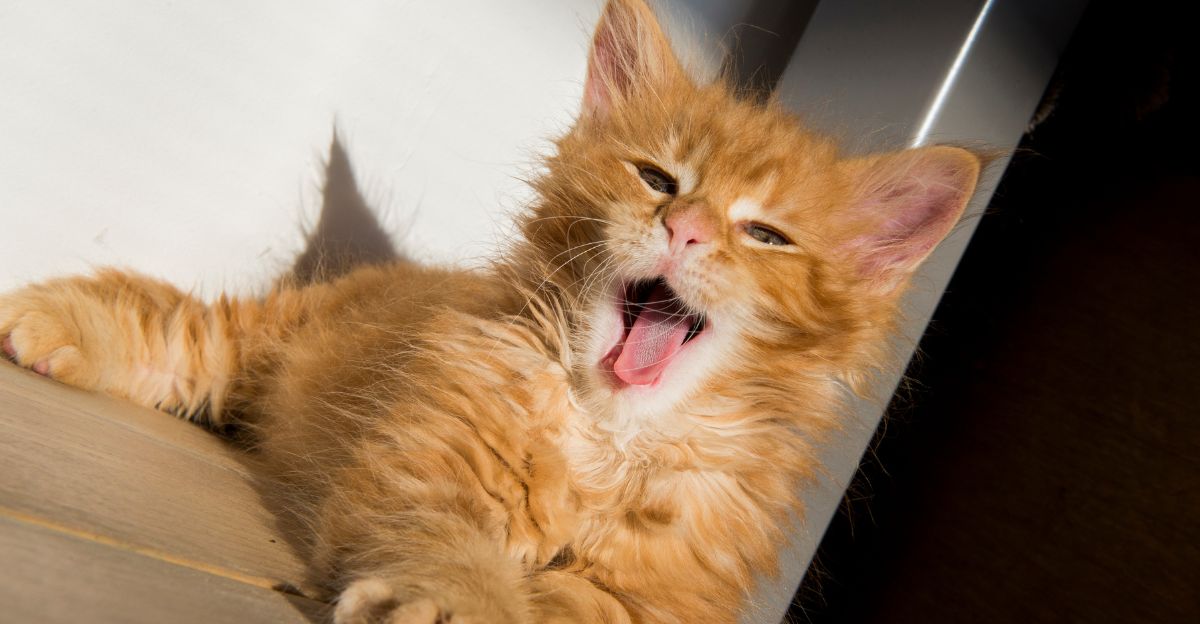
Orange cats are said to be, uh… goofy. There are memes, jokes, and a thousand anecdotes about their clownish antics. But on a genetic level? There is no evidence at all that the Arhgap36 mutation affects brain function.
The gene is only overexpressed in pigment cells. So relax—your orange cat isn’t genetically programmed to be clumsy and insane. That’s just him being him. And he probably just really likes chomping on string.
What This Means for Genetics

This is not a milestone for cats alone. It is a reminder that so-called “junk” DNA—those non-coding areas—are more likely not junk after all. They are on/off switches, timers, or regulators of adjacent genes.
By taking out an apparently useless segment of DNA, nature unwittingly caused a domino effect that yielded one of the world’s most well-known fur colors. It’s a humility lesson for genetic science: even the pieces we don’t yet know may contain the keys to breakthroughs in the future.
The Colorful Future Ahead
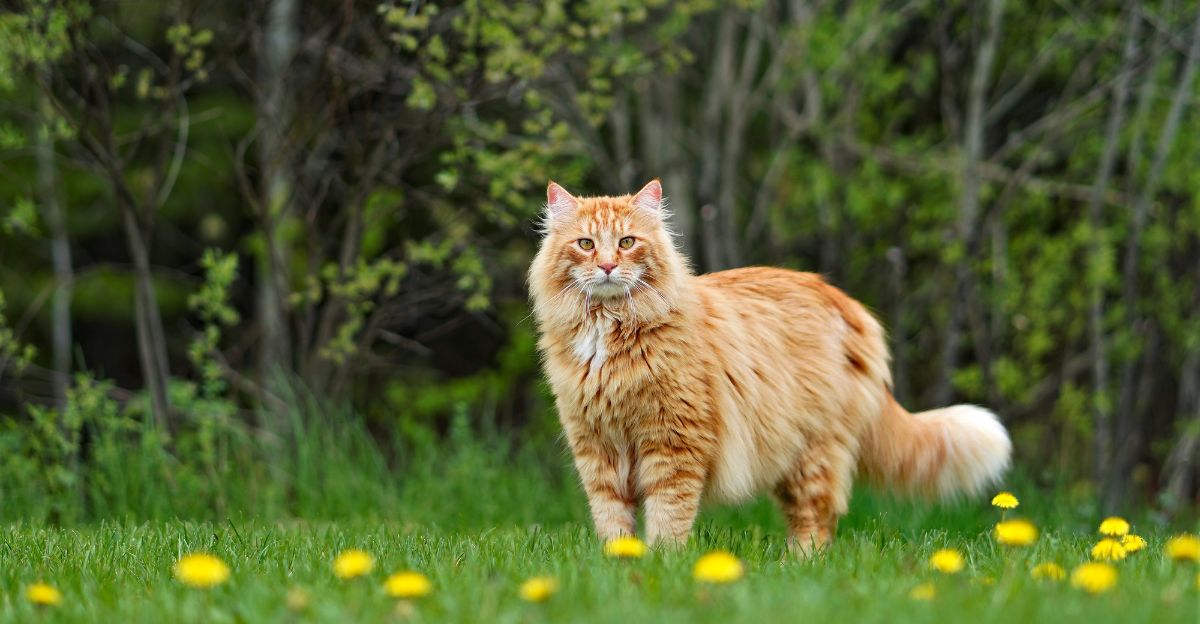
So the next time you see a glimpse of a blazing orange floof spread out over a couch or pouring things off a counter, keep in mind—you’re seeing the result of ancient evolution, X-chromosome roulette, and a couple of missing pieces of DNA.
What had puzzled scientists for more than half a century has now been explained, thanks to some very patient scientists and 188 willing cats. The mystery is lost, but the magic of cats? That’s still going strong.
Explore more of our trending stories and hit Follow to keep them coming to your feed!

Don’t miss out on more stories like this! Hit the Follow button at the top of this article to stay updated with the latest news. Share your thoughts in the comments—we’d love to hear from you!







